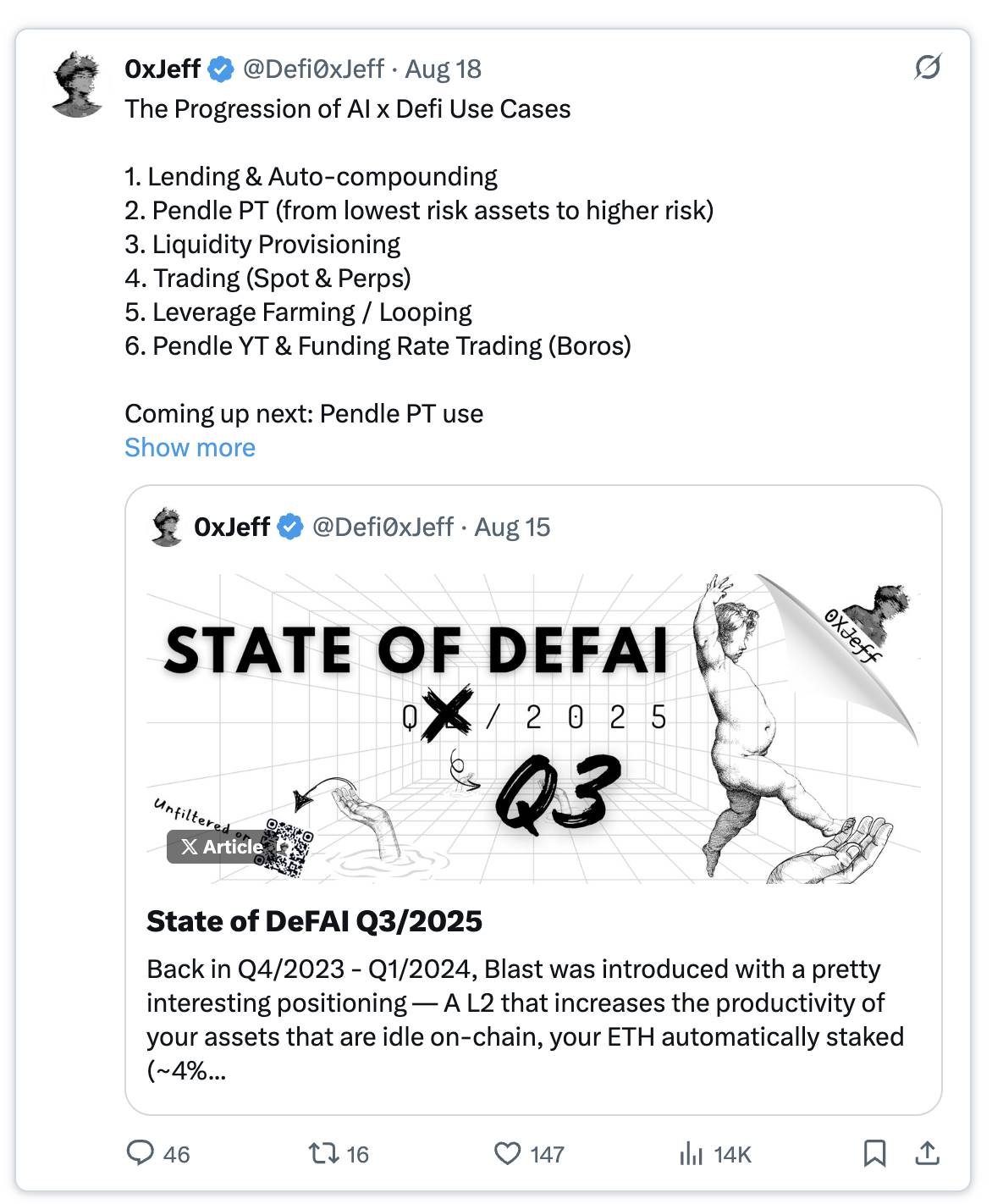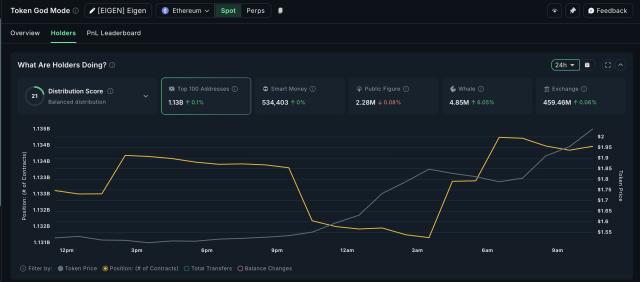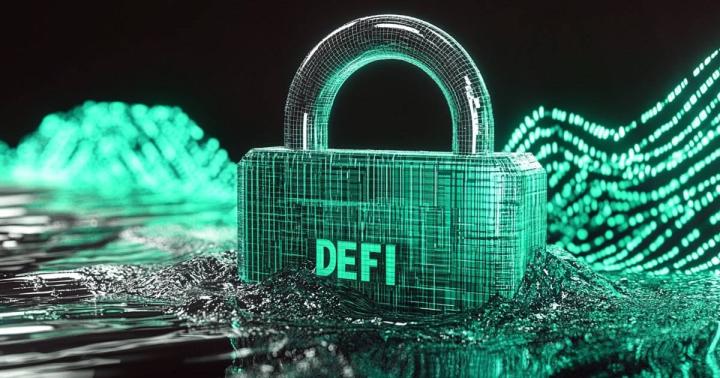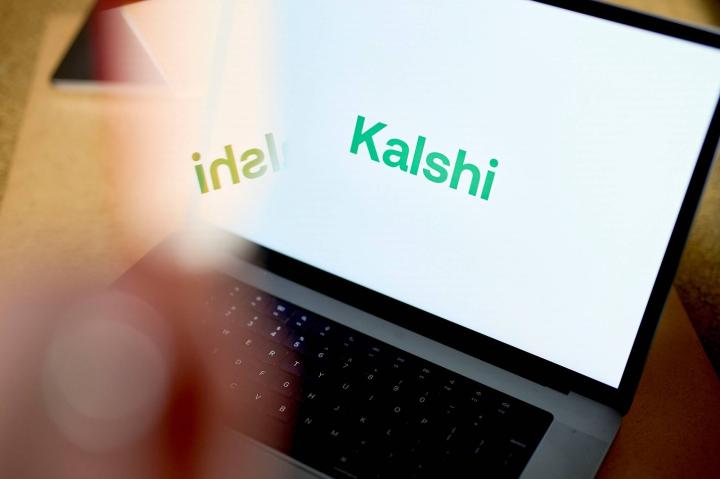Author: 0xJeff
Compiled by: TechFlow
Since the first AI Trends in the Trenches article was published in May of this year, a lot has changed:
Market sentiment declines, and the number of fair issuances of AI agent tokens decreases
The narrative has changed dramatically
New ecosystem players replace old ones
The value proposition of Web3 AI systems is becoming clearer
Institutional and whale AI investment opportunities are increasing
Moving from hype to products and real impact
And many more changes...
In this article, we’ll review the key events of the past few months, analyze current trends, explore who the market leaders are, where things are headed, and how to prepare for the upcoming opportunities.
Let’s dive deeper
The trenches of the market are not easy to walk
First: There are too many tokens in the market, which leads to liquidity and attention being dispersed.
Second: The proliferation of meaningless discussions and low-quality AI content on Crypto Twitter (CT) distracts attention from high-quality content.
Third: The market is no longer as hot as before, and this trend will continue.
Fourth: The narrative switches extremely quickly - if you don’t pay attention or have reliable sources of information, it’s difficult to keep up with the pace.
Looking back at the first and second quarters of this year, the Trump family’s meme coins, celebrity tokens, and other eye-catching projects such as ICM (Intelligent Creator Coin), Creator Coin, and Pump ICO accounted for most of the active liquidity, leaving only a little residual funds for the AI trenches.
AI Agent Ecosystem: From Hype to Productization
Due to shifting market conditions, opportunities have become increasingly scarce. As one of the largest AI agent ecosystems, @virtuals_io , with the largest developer base, has become a highly anticipated ecosystem platform. Its Genesis Launches have performed well, occasionally generating 5-20x returns on hype.
However, this enthusiasm only lasted one to two months. Ultimately, the ecosystem was overly reliant on the hype surrounding new projects. When no more exciting new projects launched, market attention and enthusiasm quickly faded, and the "points" within the ecosystem lost value.
This change in sentiment has prompted investors and speculators to become more discerning and begin to focus on the actual value (product) of a project rather than pure hype.
Two major trends in current AI agents
Investors shift from focusing on initial virtual offerings to selecting high-quality teams
Some teams' tokens issued earlier faced huge selling pressure, but are now gradually recovering and planning to launch new important products or features.
At the same time, some new teams are choosing to launch on the Virtuals platform at a more mature product stage. Instead of spending two to three months developing a minimum viable product (MVP), these teams are launching their finished product immediately after the Token Generation Event (TGE).
Here are some teams to watch (but not limited to):
@ArAIstotle : Focused on AI fact-checking
@PredictBase : Decentralized prediction market
@Mamo_agent : Personal financial assistant (built by the Moonwell team)
@AskBillyBets : Sports prediction agency/engine/aggregator
@useBackroom : AI-powered SocialFi platform
Looking ahead: high-quality projects will remain scarce
This trend is likely to continue - although the number of high-quality projects is limited, if you pay close attention to the dynamics of promising agent teams on the Virtuals platform, you may be able to seize the next 10-50 times investment opportunity.
Investors turn to other ecosystems in search of more attractive opportunities
As the market changes, investors are gradually turning their attention from Virtuals to other ecosystems that offer more attractive opportunities. For example, @CreatorBid CreatorBid has captured the attention of investors with its highly selective project launch strategy, centered on launching AI products with clear practical value using Bittensor subnet inference technology. This utility-driven launch model, coupled with the team's focus on product support, partnerships, and marketing for existing projects, has established CreatorBid as a leader in the AI agency ecosystem.
Another similar player is @HoloworldAI , which launched a lottery-based token issuance mechanism (HoloDraw). Users participate by purchasing lottery tickets (each ticket represents 0.5 SOL purchasing power). 35% of the token supply is reserved for HoloDraw, while users who don't win a prize have the opportunity to receive tokens through a consolation prize pool (5% of the supply). $HOLO was successfully listed on Upbit at a fully diluted valuation (FDV) of $1.5 billion, attracting widespread attention and enthusiasm from the community.
Additionally, @openservai has adopted a more robust strategy, focusing on incubating teams to help them launch products, attract users, and generate revenue before issuing tokens. Meanwhile, OpenServ is developing its own decentralized n8n product for the consumer market.
Looking ahead: key trends and ecosystem observations
CreatorBid : Its top agency projects continue to find product-market fit (PMF) in the field of PredictionAI. At the same time, CreatorBid is working hard to improve the value accumulation of $BID, which is currently the main pain point.
Other ecosystems : Continue to adopt a "product-first" strategy. Although tokens may be under pressure in the short term, token valuations are expected to recover once flagship use cases, products or teams are launched.
Ecosystems to watch : CreatorBid, OpenServ, Holoworld, Arc, Loomlay, ElizaOS.
Furthermore, capital is concentrating on a handful of narratives and verticals, beyond the scope of AI agents.
Decentralized AI: From Raw Intelligence to Intelligent Productization
Decentralized AI (DeAI) remains one of the areas with the highest concentration of whale and institutional capital. Here are the key trends and innovations in this space:
Decentralized Computing: The Highest Revenue Segment
Decentralized computing continues to dominate the revenue charts. @AethirCloud reports eight-figure annual revenue, while @chutes_ai More than 50-100 billion tokens are served daily through OpenRouter, demonstrating the huge market potential in this area.
Privacy-Preserving AI: Achieving it through Federated Learning
Privacy-preserving AI is becoming a crucial solution for Web2 businesses and governments. The @flock_io platform has found product-market fit and token-market fit in privacy-preserving and domain-specific AI use cases. Its latest collaborations include the United Nations Development Programme (UNDP), the Hong Kong Government's Official AI Provider (HKGAI), and CIMG.
The rise of Darwinian AI
Bittensor expanded to 128 subnets, and @SentientAGI announced the launch of GRID, the world's largest intelligent coordination network, with plans to launch a Darwinian AI ecosystem through the "artifact" subnet. Other players, such as @FractionAI_xyz , are applying Darwinian AI to gaming, such as Polymarket prediction, AI agent battle prediction, tic-tac-toe, and soccer.
Predictive AI is close to productization
Multiple Bittensor subnets demonstrated the scale benefits of decentralized intelligent creation and contribution, achieving significant advancements in intelligence. For example, SN18 Zeus, SN44 Score, and SN50 Synth outperformed baselines and state-of-the-art models. SN44 successfully converted signals into revenue using @sire_agent 's sports betting strategies, which have been deployed by top sports hedge funds for $300 million.
The most emerging sub-sector within DeAI is data, primarily encompassing data annotation, reinforcement learning feedback (RLHF) data services, and evaluation. These tasks are costly and labor-intensive in Web2, but Web3 leverages token incentives to enable anyone globally to participate in annotation, commenting, scoring, and feedback, effectively reducing costs.
Key players
In the field of data annotation and RLHF, some leading teams include: SapienAI, FractionAI, PerleAI, PublicAI, SN52 Dojo, and Synesis One.
DeFi x AI (DeFAI): From Proof of Concept to Fully Autonomous Financial Agents
The DeFAI space has seen rapid growth in just a few quarters, from an initial abstraction layer and GPT-like interface (which performed poorly in Q1), to the launch of a proof-of-concept (POC) of personalized agents helping users manage their funds in Q2, to fully autonomous financial agents with highly scalable and verifiable infrastructure in Q3.
Key developments and representative players
A notable example of rapid iteration is @gizatechxyz has led the field, with its agents accumulating nearly $2 billion in trading volume and managing $20 million in agent assets (AuA) around the clock. The newly launched Swarm Finance and Pulse (Pendle Agent) mark the beginning of a new era, enabling users to optimize returns on idle capital. @Almanak__ has followed closely behind, launching a highly scalable and verifiable infrastructure that leverages smart contracts (asynchronous tokenized vaults) and multiple agents working together to create a system where AI does not directly manage user funds. This design completely eliminates the risks of AI hallucinations, hacking, or exploitation, providing an environment for institutions and whales to safely store large amounts of capital. Furthermore, Almanak's quantitative strategy creation platform allows users to design quantitative strategies in minutes, rather than weeks.
The evolution of DeFAI use cases
The rapid development of DeFAI demonstrates its huge potential in the field of decentralized finance. From optimizing idle capital to providing fully autonomous asset management solutions, it is attracting more and more capital and attention.
Progress of AI x Defi Use Cases 1. Lending and Automatic Compounding 2. Pendle PT (from Lowest Risk Assets to High Risk Assets) 3. Liquidity Provision 4. Trading (Spot and Perpetual) 5. Margin Mining/Recycling 6. Pendle YT and Funding Rate Trading (Boros)

Key players to watch: Giza, Almanak, Cod3x, Theoriq
Future trend predictions
Prediction AI: The Most Potential Asymmetric Investment Sector. The total addressable market (TAM) for prediction markets far exceeds the scope of Web3. Users from all walks of life participate in predictions on topics of interest through platforms such as Polymarket and Kalshi. AI systems and tools built on prediction markets will capture significant value from this growth. In particular, consumer applications with user traffic and alternative prediction markets/agents will stand out. Challenges and Breakthroughs : Liquidity remains the biggest obstacle for prediction markets, but the emergence of AI market makers and treasury products has the potential to improve market liquidity.
Data: The next focus area in Q4 As "useful" data becomes increasingly scarce, Web3 data players will face higher demand from Web2 and Web3 AI labs. Data will become the biggest moat and bottleneck in the future.
AI Agents and Ecosystems: Continued Attraction. AI agents and their ecosystems continue to attract attention from both on-chain players and the crypto community due to their simplicity and fair launch structure. While high-performing opportunities will become increasingly scarce, projects that stand out could achieve 10-50x growth. However, it's important to note that liquidity for these projects may remain low, so investment caution is advised.
DeFAI: Driving TVL and Transaction Volume Growth for DeFi Protocols. DeFAI is entering a new phase, with top players driving significant TVL and transaction volume for major DeFi protocols such as AAVE, Pendle, Fluid, Uniswap, and Aerodrome. This will encompass more DeFi use cases, employ more sophisticated strategies, provide enhanced execution capabilities, and build more secure infrastructure and safeguards.
Core Viewpoint
Competition in the crypto industry will remain fierce:
Many tokens will lose value, market attention will be distracted, and people may choose to leave.
Yet, amidst this chaos, the foundation for the rise of the next wave of Web3 AI is quietly forming.
The leaders of the next wave will possess the following traits:
Solve real problems : Focus on solving user pain points rather than just chasing hot spots.
Attract and retain users : Build sticky products and communities.
Build narrative-rotation-resistant products : Products that can withstand shifts in market trends and maintain long-term value.
Interestingly, the biggest winners often seem “boring” initially (e.g., infrastructure, privacy, data) until they suddenly become the market focus.
Disclaimer
This article is for informational and entertainment purposes only. The views expressed herein should not be construed as investment advice or recommendations. Before investing, readers should conduct due diligence based on their own financial situation, investment objectives, and risk tolerance (not addressed in this article). This article does not constitute an offer or solicitation to buy or sell any of the assets mentioned.







